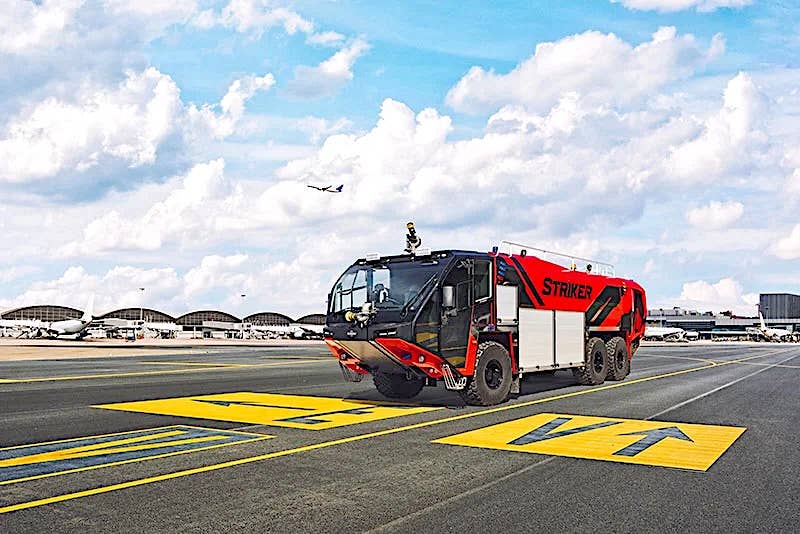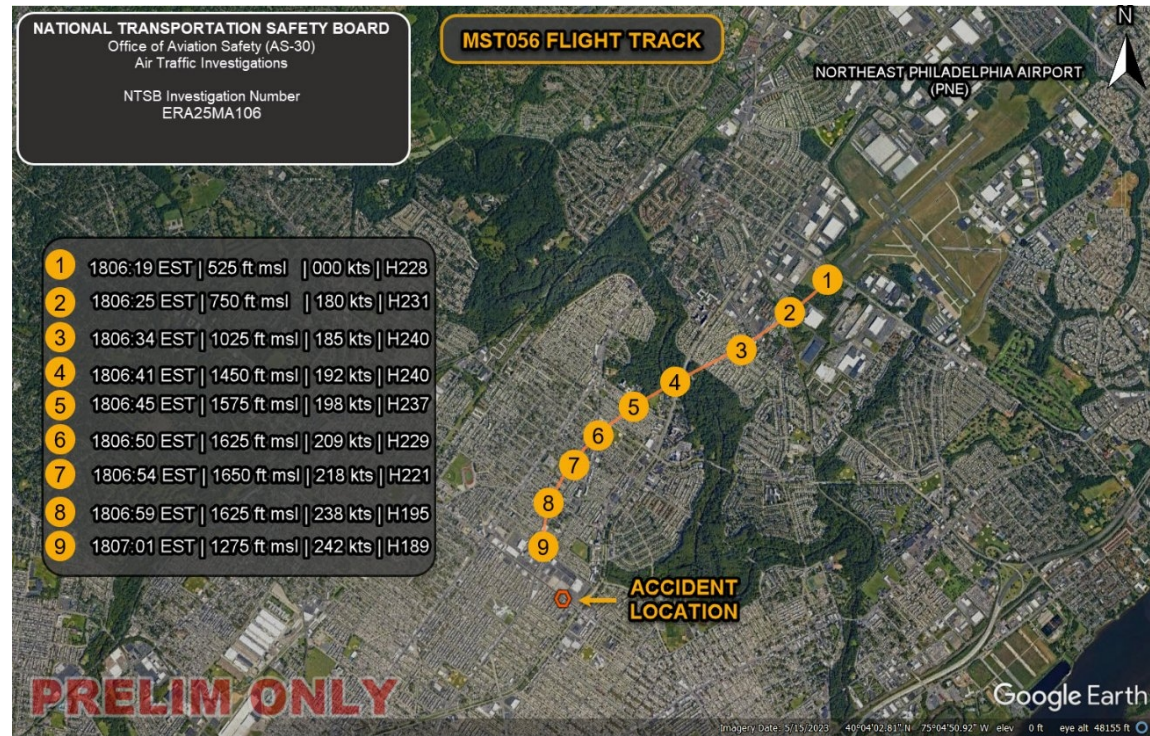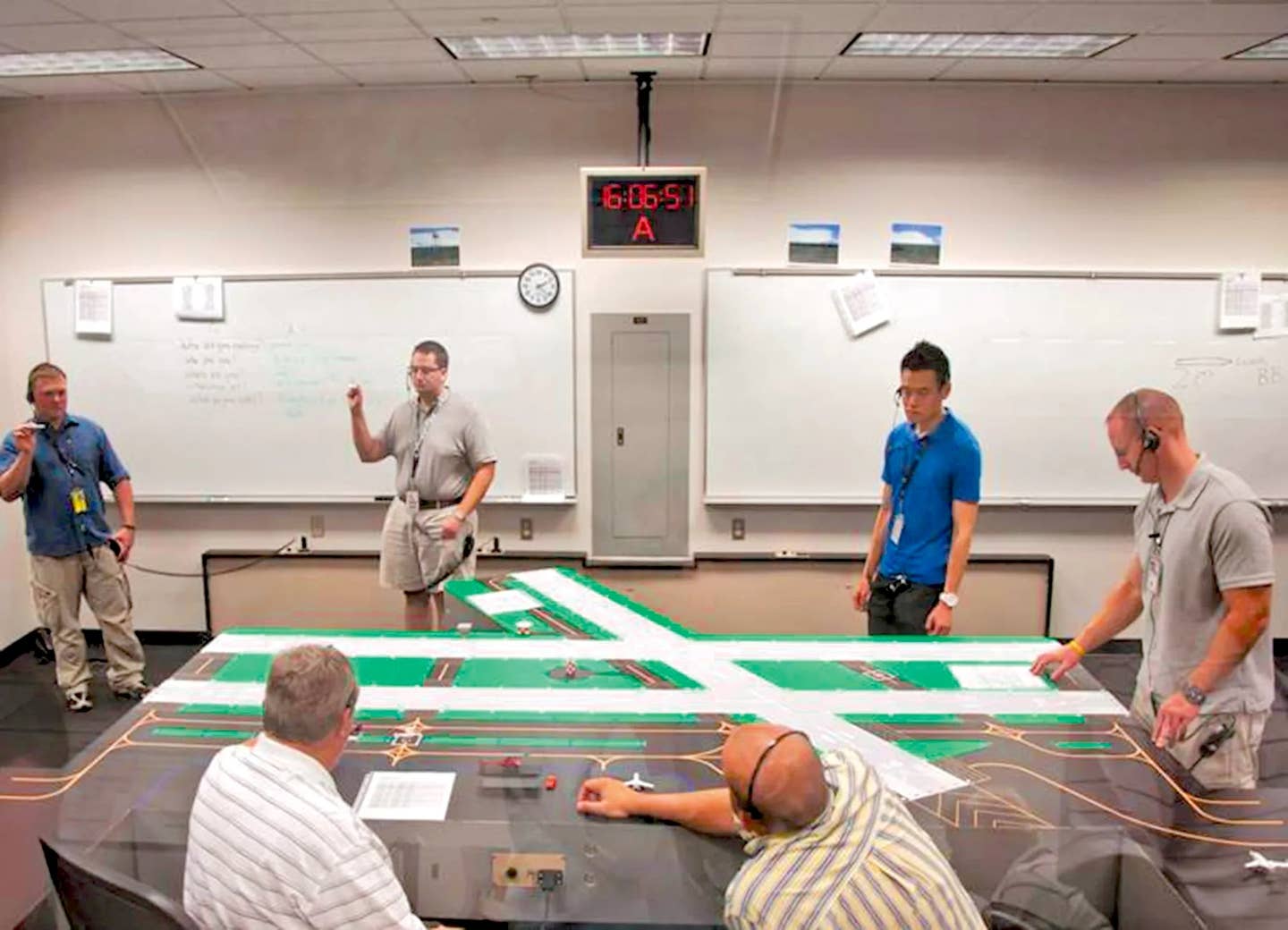General Aviation Accident Bulletin, December 12, 2022
AVweb’s General Aviation Accident Bulletin is taken from the pages of our sister publication, Aviation Safety magazine. All the reports listed here are preliminary and include only initial factual findings…

Aviation Safety Accident Bulletin
AVweb's General Aviation Accident Bulletin is taken from the pages of our sister publication, Aviation Safety magazine. All the reports listed here are preliminary and include only initial factual findings about crashes. You can learn more about the final probable cause on the NTSB's website at www.ntsb.gov. Final reports appear about a year after the accident, although some take longer. Find out more about Aviation Safety at www.aviationsafetymagazine.com.
September 1, 2022, Orlando, Fla.
Diamond Aircraft DA42 NG Twin Star
At about 1700 Eastern time, the airplane was substantially damaged when it flipped over in high winds and came to rest inverted. The private pilot was fatally injured and the flight instructor was seriously injured. Instrument conditions prevailed as the intended instructional flight waited on a taxiway for better weather.
The flight instructor reported he and his student determined a small area of precipitation would be in the vicinity of their departure airport after takeoff. By the time they completed preflight checks, the weather had deteriorated, with wind gusting to 40 knots and visibility dropping to zero. Shortly, wind gusts increased to about 60 knots, the airplane’s left wing lifted and the airplane rolled over to its right. Structural damage was noted to both wings, the fuselage and the empennage.
September 1, 2022, Tomball, Texas
Cirrus Aircraft SR22
The airplane was substantially damaged at about 1707 Central time when it was involved in an accident near Tomball, Texas. The flight instructor was fatally injured; the pilot and passenger sustained serious injuries. Visual conditions prevailed.
Three days earlier, the pilot accepted delivery of his factory-new Cirrus SR22. Nearing its destination after a two-leg trip, the flight was cleared for a visual approach to Runway 17R. After turning final, the pilot observed the approach path indicator depicting the airplane on a proper descent path to the runway. Airspeed began to decrease as the flight continued toward the runway, and the pilot increased the throttle without success. The flight instructor stated, “My airplane,” or, “I’ve got the controls,” shortly after the pilot increased the throttle.
After the flight instructor took control, the airplane descended below the glidepath and impacted trees before coming to rest about 0.68 miles north of the Runway 17R threshold. The fuel selector handle was positioned to the left fuel tank and there was a strong odor of 100LL fuel at the accident site; neither fuel tank contained any measurable amount of fuel. According to instrumentation, however, there was ample fuel available in both fuel tanks at impact.
The inlet fuel fitting to the electric boost pump was found separated. Blue fuel staining was observed on the interior and exterior surfaces of the inlet fuel fitting. The fitting and fuel line are being tested to determine whether the fitting separated in-flight or at impact. No other anomalies have been noted.
September 2, 2022, Shafter, Calif.
Yakovlev YAK-11
At about 1100 Pacific time, the airplane was destroyed when it collided with terrain after an apparent loss of engine power. The solo pilot was fatally injured. Visual conditions prevailed.
A witness reported the pilot departed Runway 30 and entered a climbing left turn, intending to orbit the airport. Shortly after, the pilot radioed his ground crew that he had a low oil pressure indication. The witness then heard two popping noises from the airplane, followed by the sound of a loss of engine power. As the airplane turned final for Runway 12, it entered a nose-low, steep left bank attitude and descended rapidly into terrain.
September 3, 2022, Wadsworth, Ohio
Piper PA-28-140 Cherokee 140
The airplane was substantially damaged at about 1409 Eastern time when it landed hard after losing all power during a touch-and-go landing. The private pilot and passenger were not injured.
The local flight departed with 36 gallons of fuel in two tanks. The pilot completed two full-stop landings and then switched the fuel selector to the left tank. She then flew about 10 minutes to a nearby airport for a touch-and-go landing. During initial climb, at about 50 feet AGL, the engine lost all power. The airplane slowed and landed hard, coming to rest off the right edge of the runway. The left main landing gear separated and both wings sustained damage.
September 3, 2022, Seeley Lake, Mon.
Cessna 180
At about 1500 Mountain time, the airplane was substantially damaged when it lost engine power after a low runway pass to check for wildlife. The pilot and passenger were seriously injured. Visual conditions prevailed.
The pilot reported that after refueling the airplane, he departed on a 733 NM flight, cruising at between 10,500 and 12,500 feet MSL and burning between 9.5 and 10 gph. During the descent, he enrichened the mixture and applied carburetor heat. The pilot conducted a low approach with medium power to inspect the runway for wildlife. As he initiated a climb and turned onto a left crosswind, the engine lost all power. The pilot initiated a forced landing to a nearby clearing, but the airplane impacted trees and came to rest in a nose-low attitude.
This article originally appeared in the December 2022 issue of Aviation Safety magazine.
For more great content like this, subscribe to Aviation Safety!






